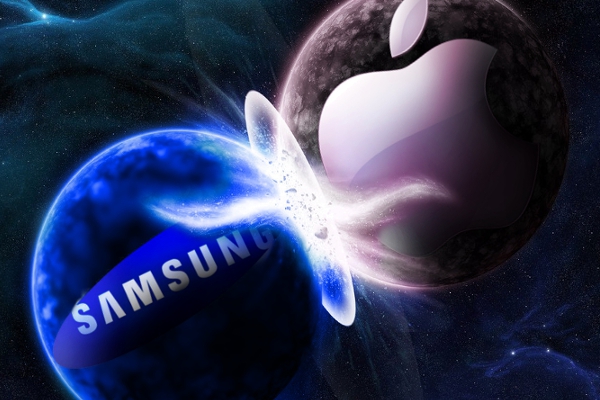One of the things that my Dad always took pride in his own business for was that he offered his employees an above average salary for any given position. However, not all small businesses (my Dad’s is categorized as a “medium-large”) has the working capital to offer this benefit to employees. If you have been watching the news the past week, you will have heard a great deal about President Obama’s plan to raise the wage floor from $7.25 and the salary the salary floor to around $984 a week, as was recommended by the Economic Policy Institute. The valid concern is that those who are making $455 a week, or $12 an hour, are not eligible for overtime pay…meaning that family of 4 on a single income basis would be living below the poverty line. While I understand this claim, it is not feasible to think that all companies can support increases in both minimum wage and overtime payout, which is the position I will be taking in this weeks post.
Judging by the amount of support there is for the increased minimum wage, I think it is fair to say that we will see a dramatic change in the next year or so regarding our federal wage standards. This in turn will have a negative effect on small business because not only does it increase costs, which forces them to hire less employees, but because it it will eventually dissuade workers from putting in an honest days work.
While it may seem logical that an increased in payout to employees would improve productivity, most studies show that this trend will typically only last for 2-3 weeks (citation Dave Brown’s Econ Class). An article in last Wednesday’s Wall Street Journal tells the story of the owner and CEO of Bell ATM service Inc, Emo Pentermann. Emo worries that “making more people for overtime pay could remove the inherent incentive for lower-level managers to hustle to earn a promotion. Essentially, there is more of an incentive now more than ever to take more time than is necessary for basically all employees in the service industry.
It is the pleas from Emo and some other notable businessmen that eventually forced the National Federation of Independent Businesses to get involved, who will fight Obama’s proposal with vigor. This is not only because of the productivity worries of small business, but the sheer logical of the issue. That being that Small business cannot afford to pay their employees anymore than they already do. An important thing to understand with this issue is that almost all employees desire to on salary, not hourly wages. This offers more stability and flexibility in their working schedules. When employers are forced to pay more than they can afford to employees on salary who are eligible for overtime, they will undoubtedly adjust their hiring strategy to include more hourly positions so that they can shift the employee’s schedules around in a way that prevents them from qualifying for overtimes (any time worked over 40 hours a week.)
With the increased minimum wage debate underway as well as the implementation to healthcare, both of which increase costs for employers, I do not see how the President will be able to justify an indirect addition to small businesses. There has been so many dramatic changes to corporate policy in the last few years that it has become difficult for businesses to keep up with all the changes which makes them susceptible to legal infractions. I think the best thing to do here would be to let our business owners and managers to catch their breath for a little while.
Last post of the year!






Recent Comments